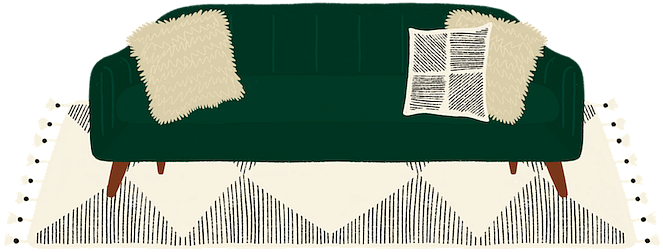ADHD doesn’t discriminate. It can affect both men and women, and many of the signs and symptoms are similar. However, there are unique challenges to diagnosing ADHD in women.

ADHD in Women – What It Means
First, this disorder is often referred to as a “children’s condition,” not necessarily an adult one. It’s true that most people are diagnosed with ADHD as children, but that doesn’t mean the symptoms go away in adulthood.
Second, girls aren’t diagnosed with ADHD as often as boys. They are often misdiagnosed, or their symptoms are “ignored” or brushed off as something else. So, more women are officially diagnosed with ADHD as adults.
That can create more unique challenges as you learn how to deal with and navigate this disorder for the first time. Even if you’ve had symptoms your entire life, living with ADHD can be a challenge. But it’s not impossible to work through those challenges and move forward.
How to Navigate the Challenges of ADHD in Women
Put a Name to Your Issues
Research has shown that once women receive an official ADHD diagnosis, they are more likely to be able to forgive themselves for past behaviors and mistakes.
Getting an ADHD diagnosis might not be easy. But being able to put a name to the issues you’ve been facing your entire life can also be empowering. It can clear up confusion and give you the confidence to know that there are management techniques designed specifically to help with your disorder.
Once you’re diagnosed with ADHD, you can also work with your doctor or a mental health professional to identify any additional mental health issues. It’s not uncommon for women to have at least one more undiagnosed mental health condition, like anxiety or depression.
Dealing With Distractions
One of the most common symptoms of ADHD in women is distractibility. Not paying attention or getting distracted easily can create problems in nearly every area of your life. It can make you more prone to traffic accidents, have a negative impact on your career, and even cause rifts in your relationships.
Reducing distractions in your life is one of the best ways to manage your time and stay focused. Consider the things that tend to distract you the most, whether it’s your phone, certain TV shows, or even specific people. Work to strike a balance with those things. Use them at specific times to keep them from tempting you and distracting you when you need to be focused.
Time Management Techniques
Another common issue women with ADHD face is poor time management skills. While keeping yourself from distractions is a good way to improve your time management, you might have to take a few extra steps to get things done effectively and efficiently each day.
Things like keeping an organized home and workspace can make a big difference. A cluttered space can feel chaotic and cause your mind to wander. Giving yourself a bit of extra time to complete your tasks will also help and will take away some of the pressure you might put on yourself.
Find the Right Support
Discovering you have ADHD as an adult can be both empowering and overwhelming. As a woman, those feelings can be even stronger. It’s important to recognize that you’re not alone.
Consider working with a therapist to better understand your ADHD. Not only will therapy help you make sense of the disorder, but you’ll learn even more effective symptom management techniques.
It can also be helpful to seek out support groups — especially ones with other women. Seeing others going through the same thing and learning how they manage the disorder can give you hope and help motivate you for the future as you navigate ADHD.
At Therapy for Women, we are proud to have a number of therapists who specialize in ADHD in women.





Leave a Reply